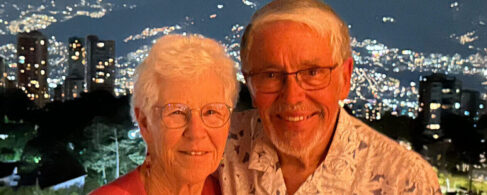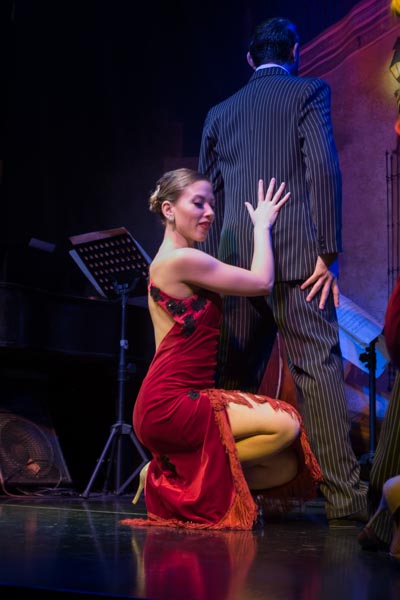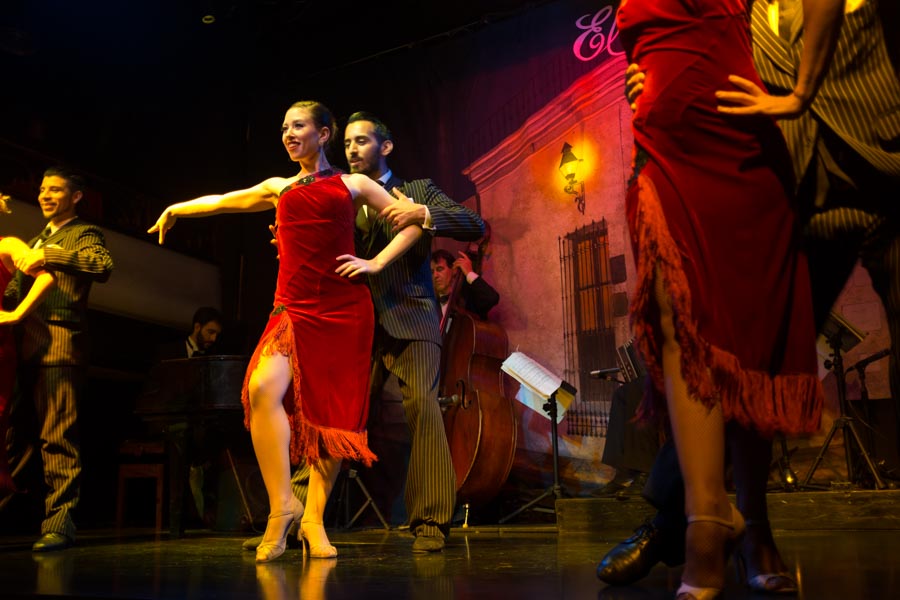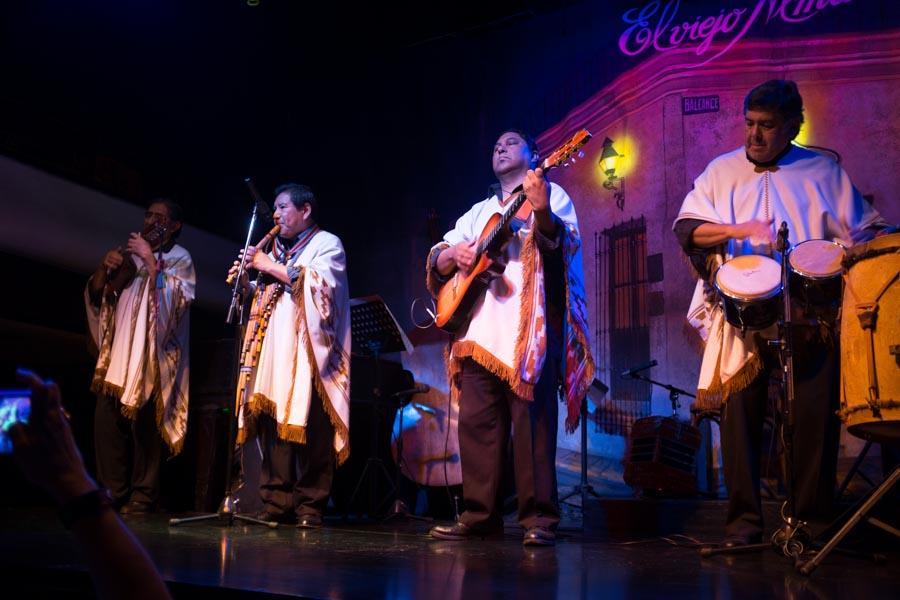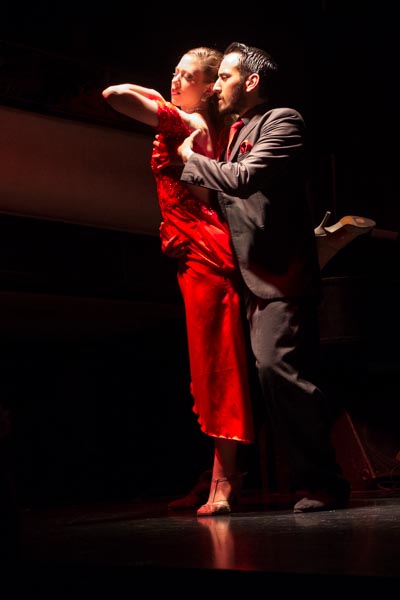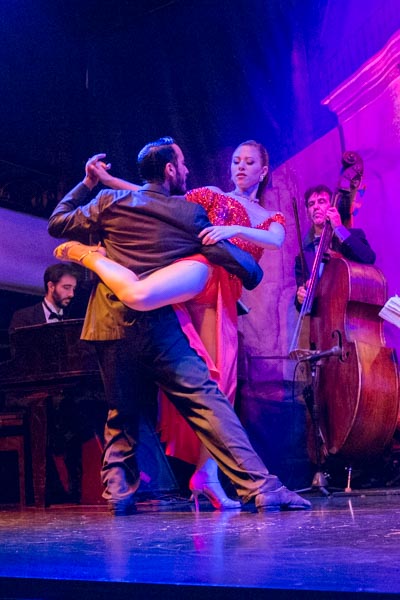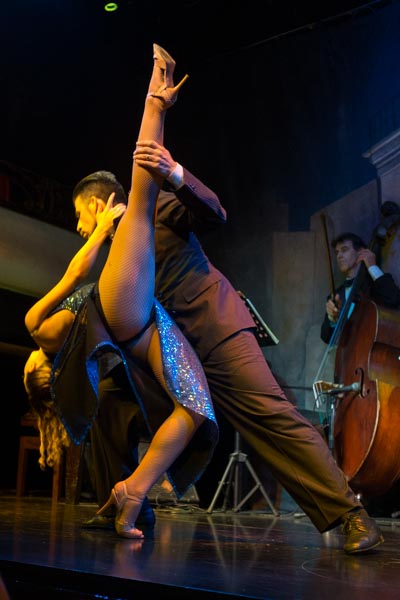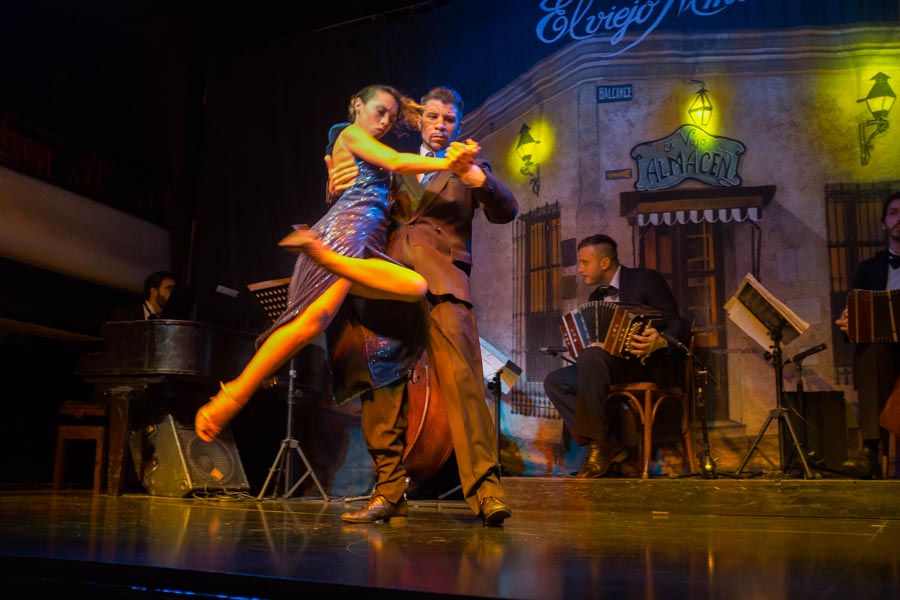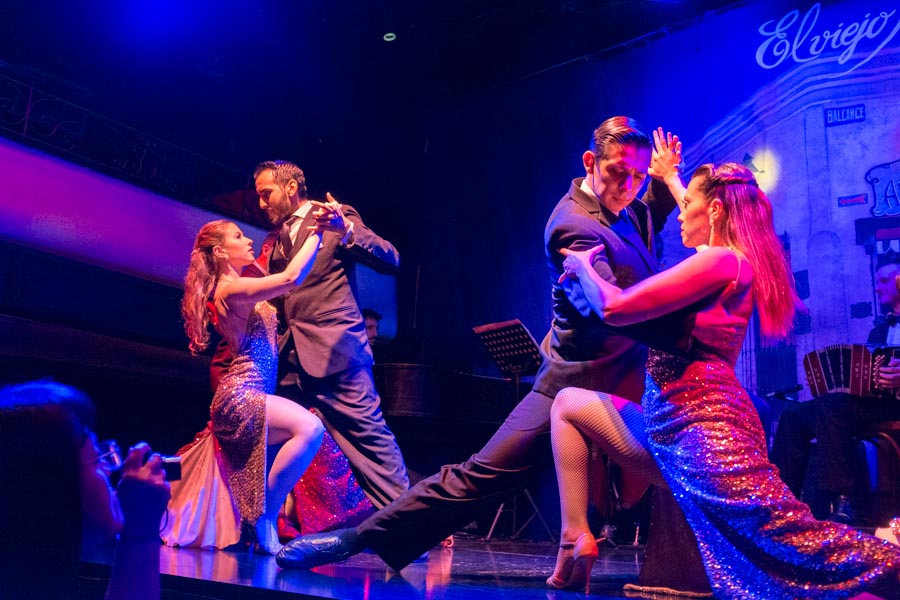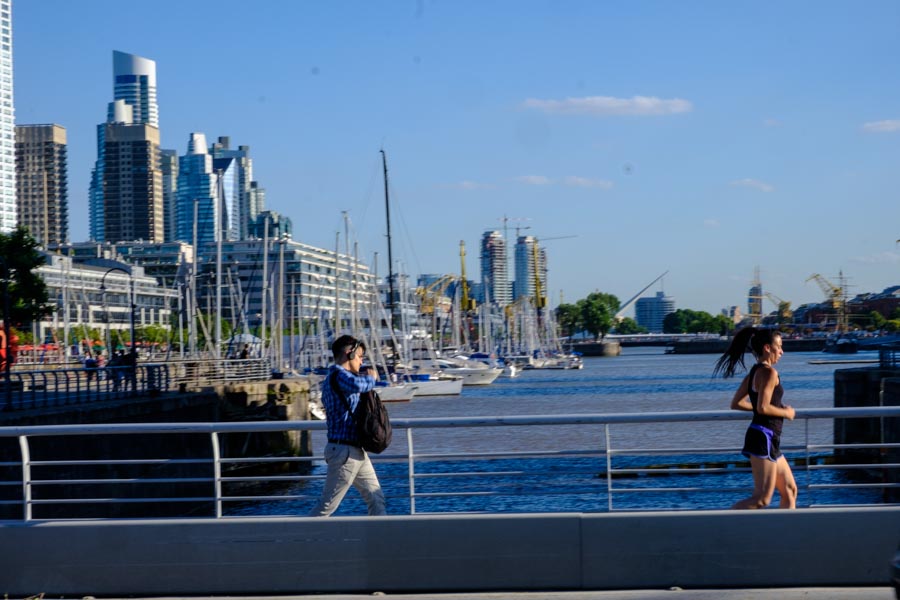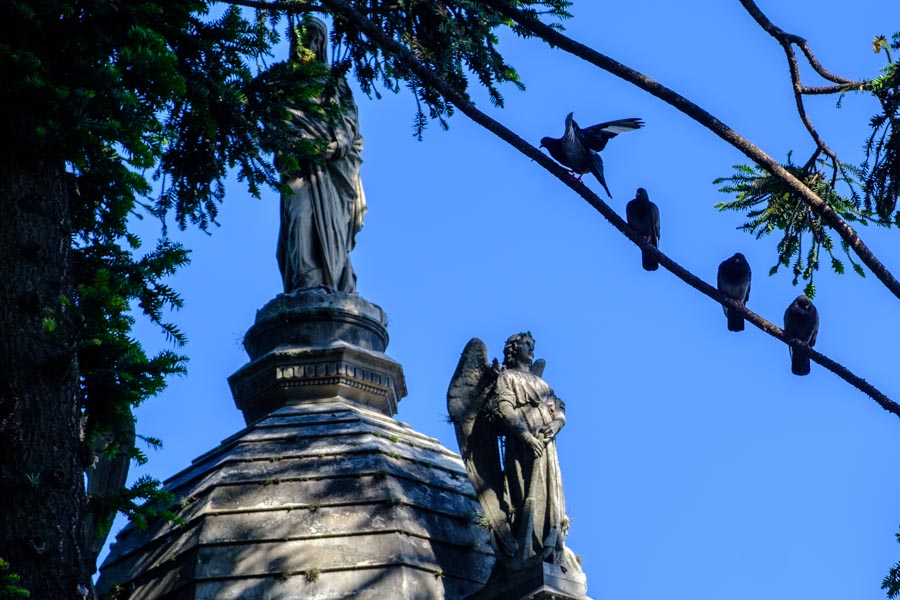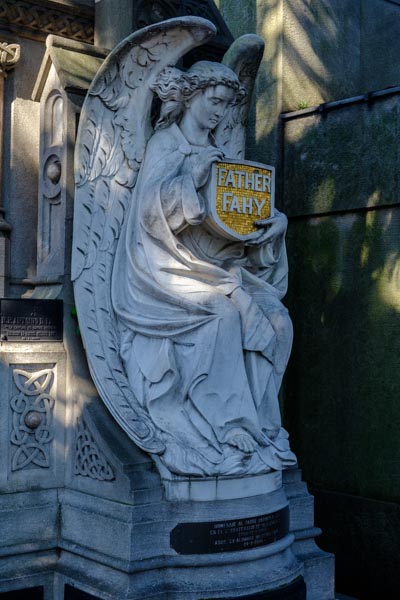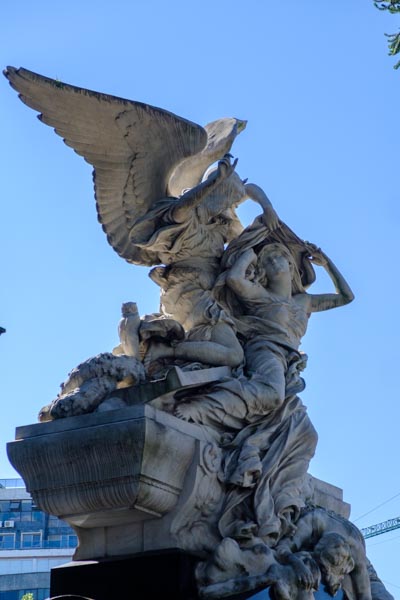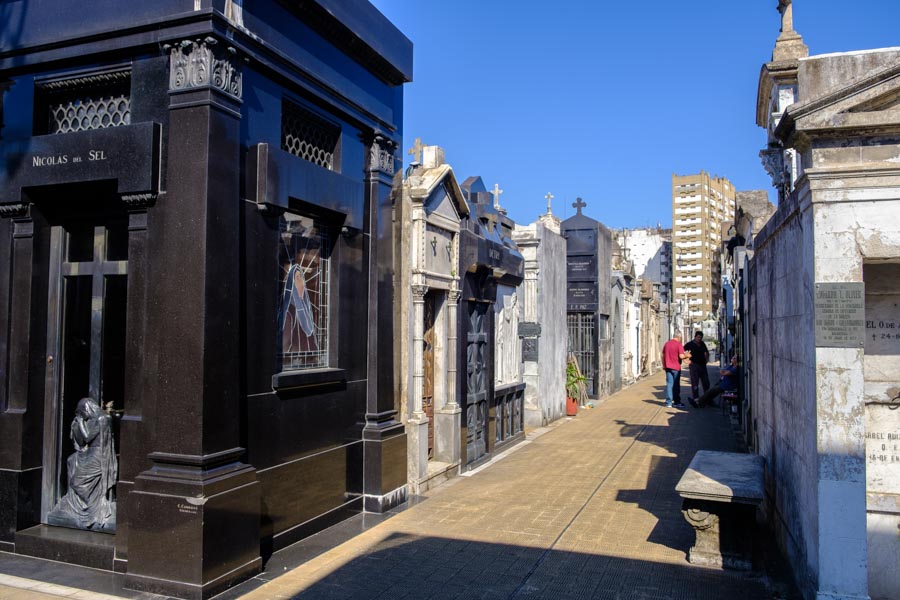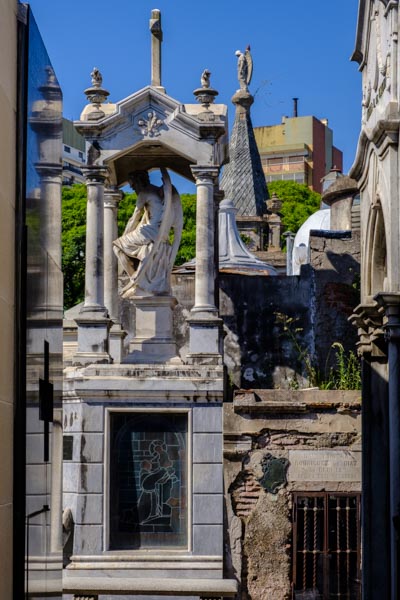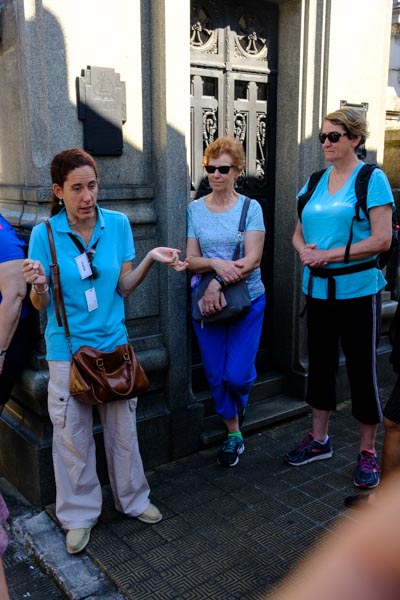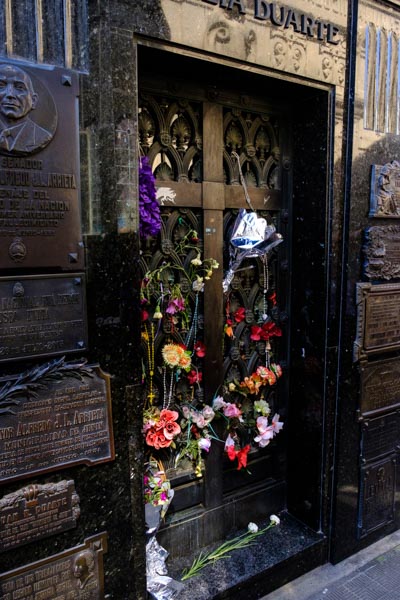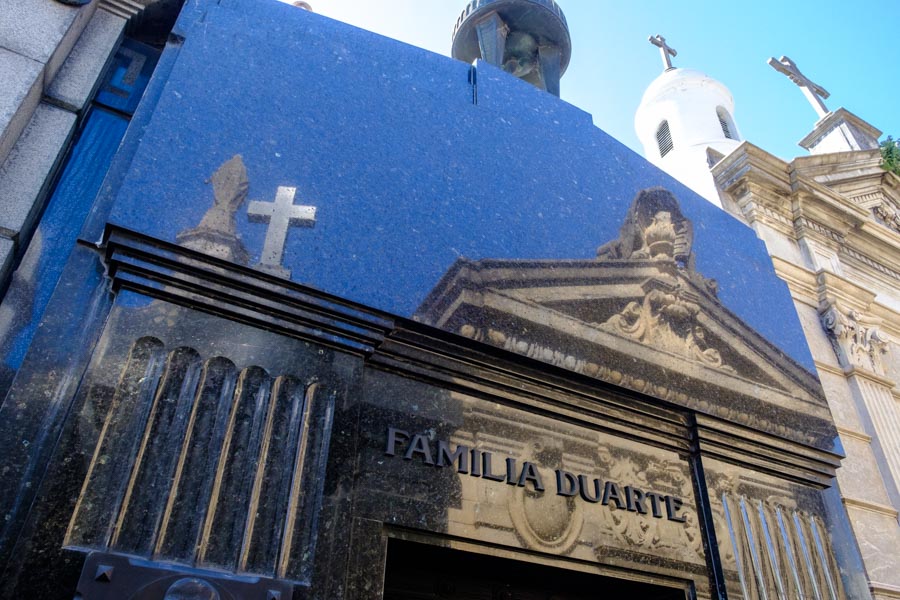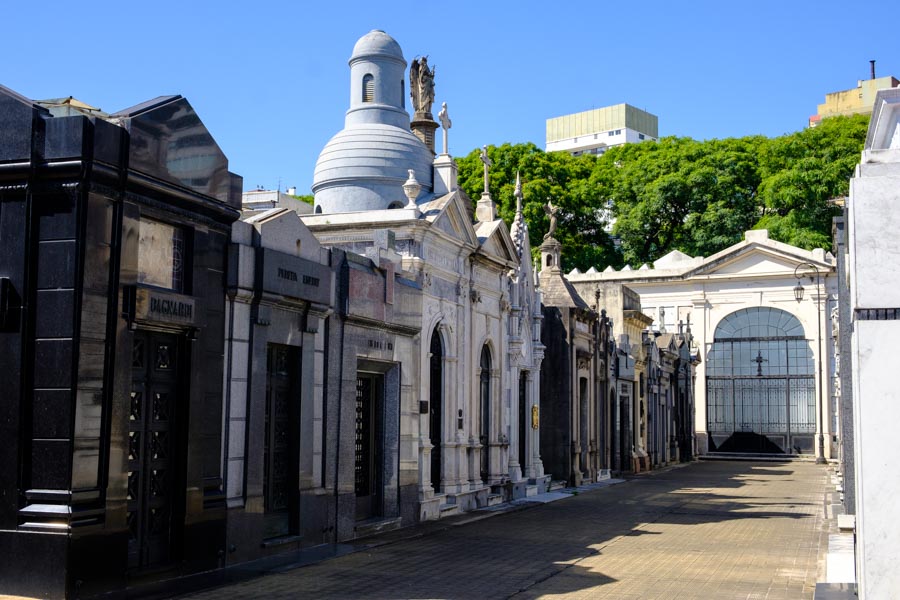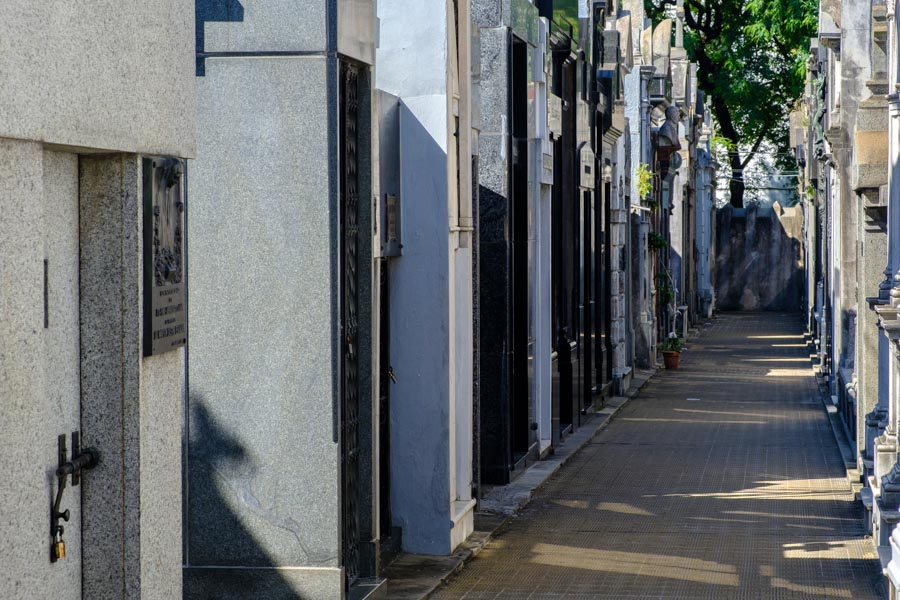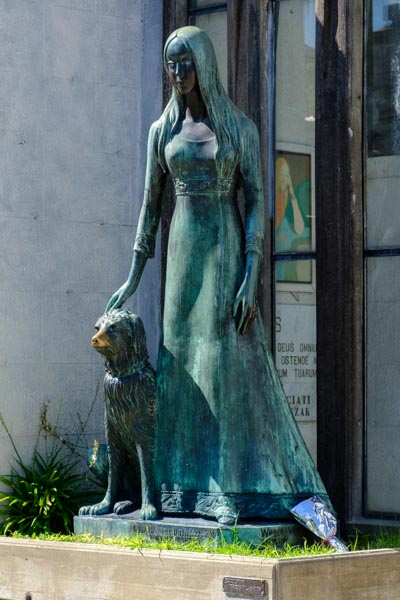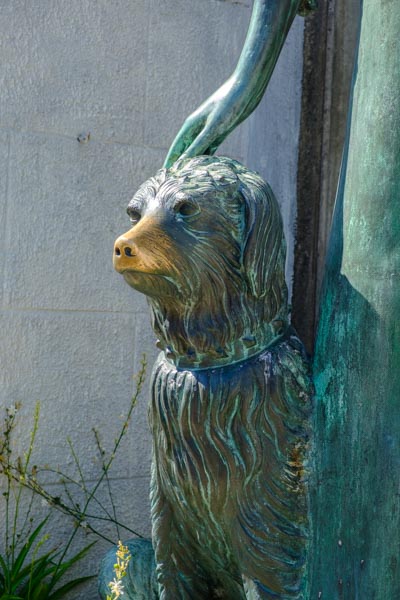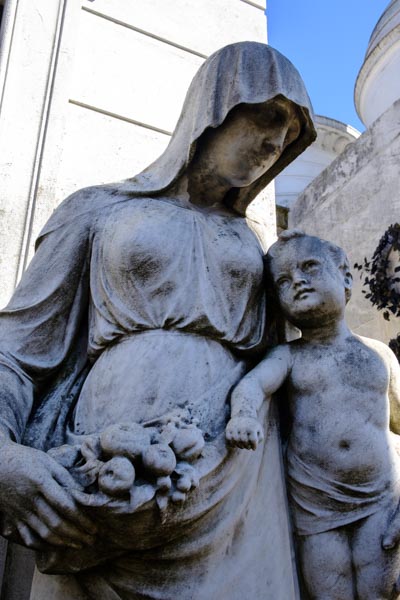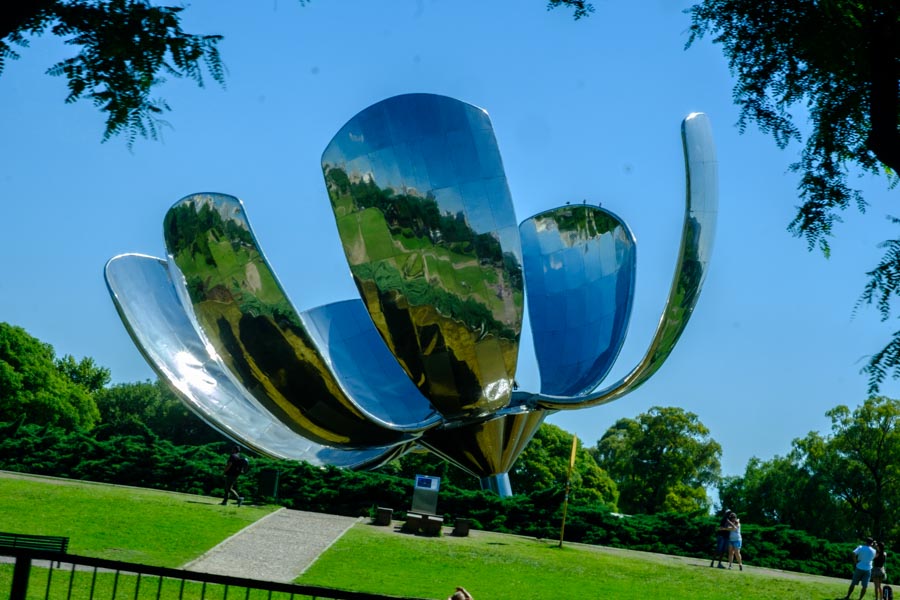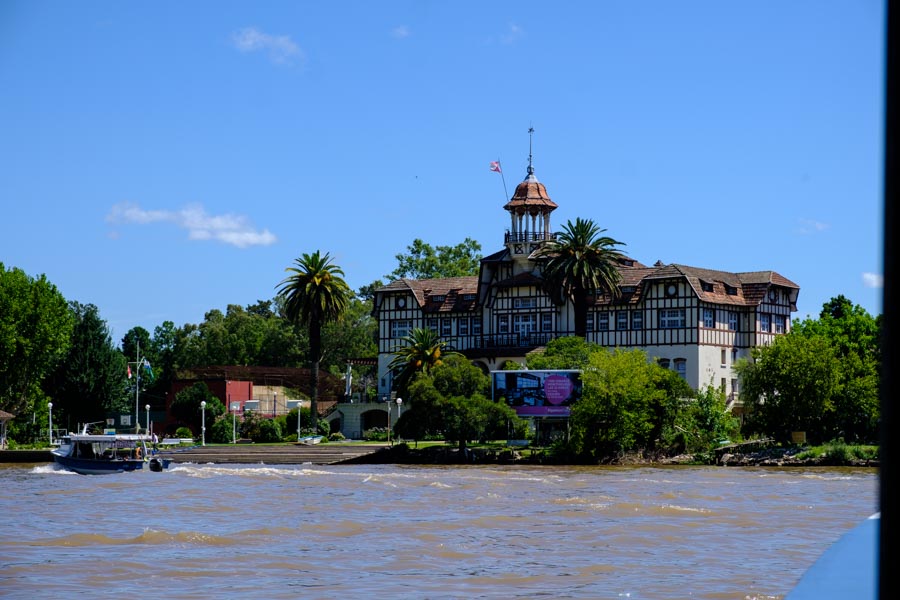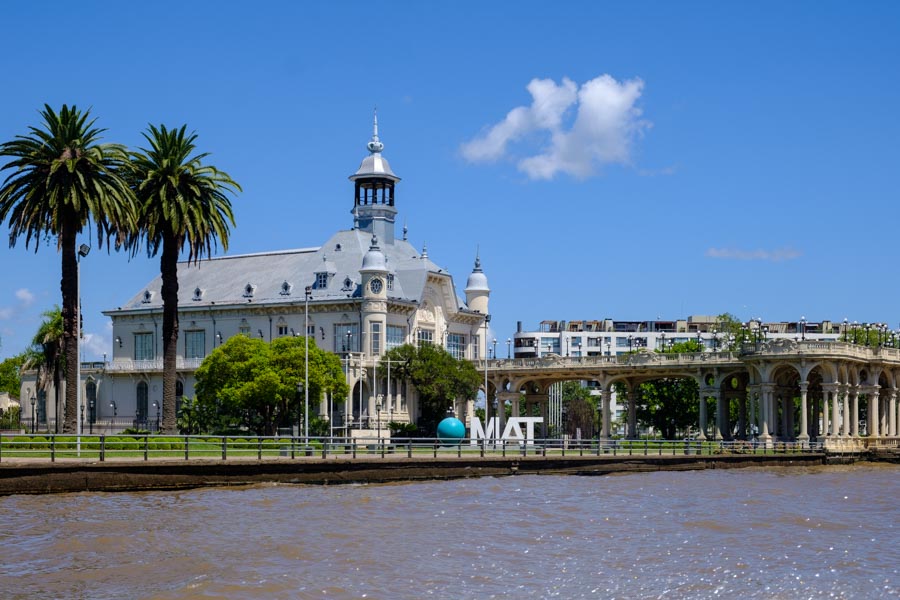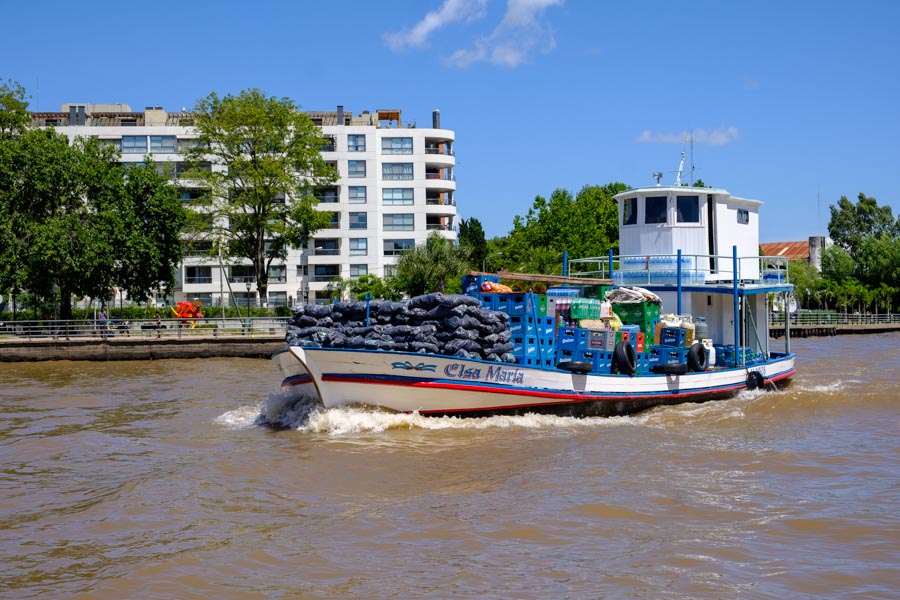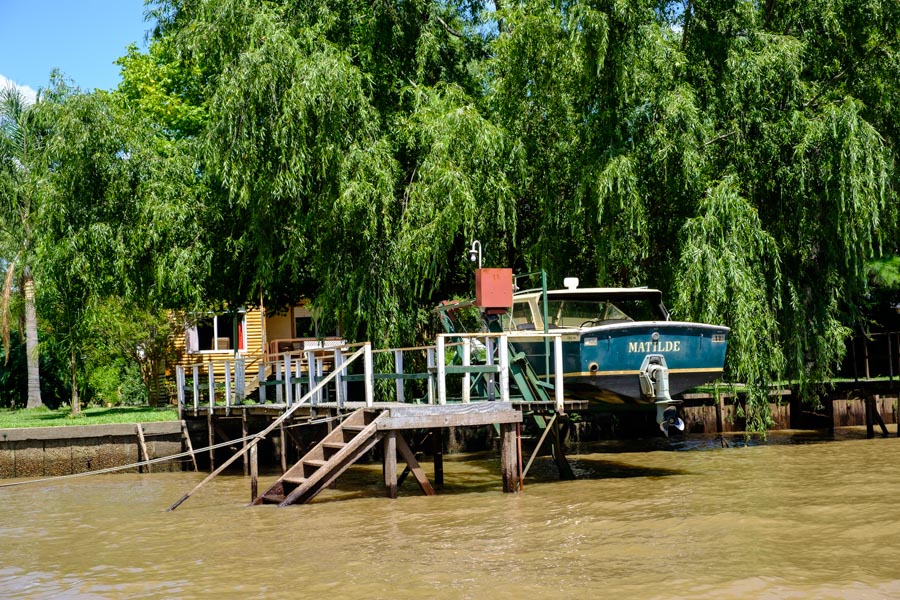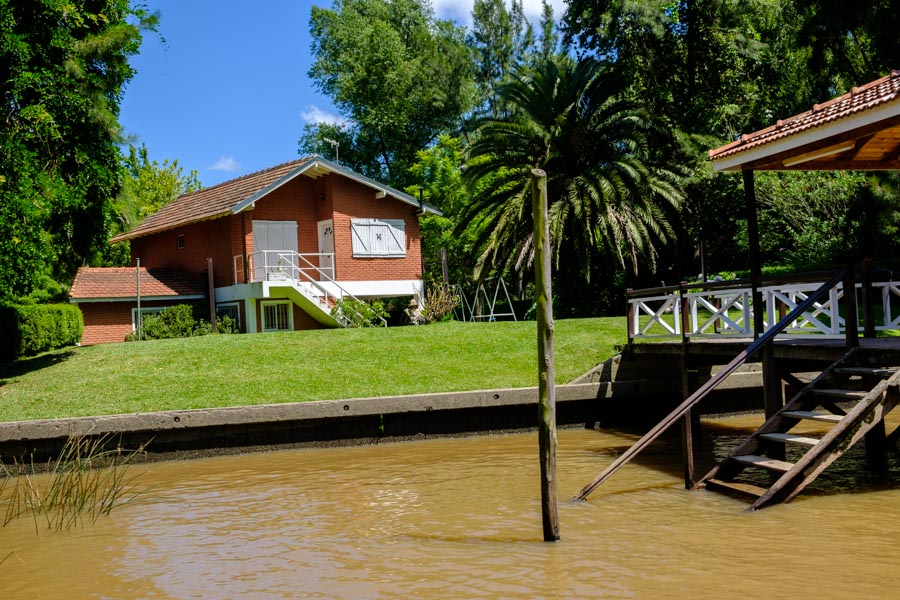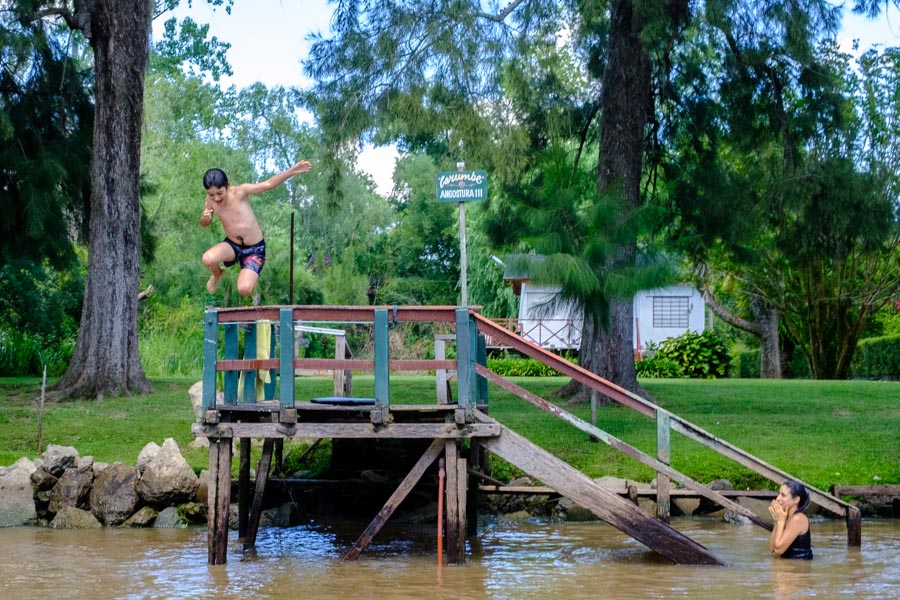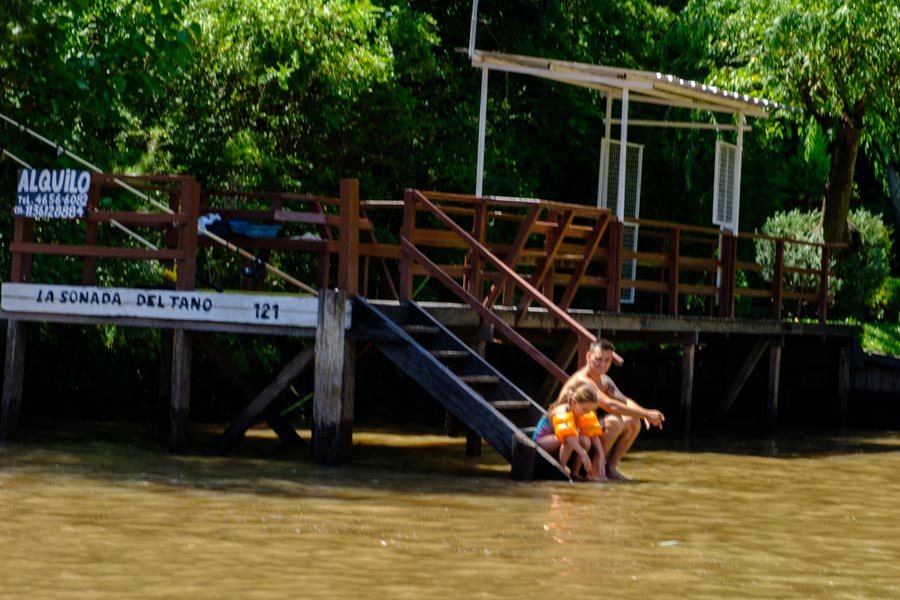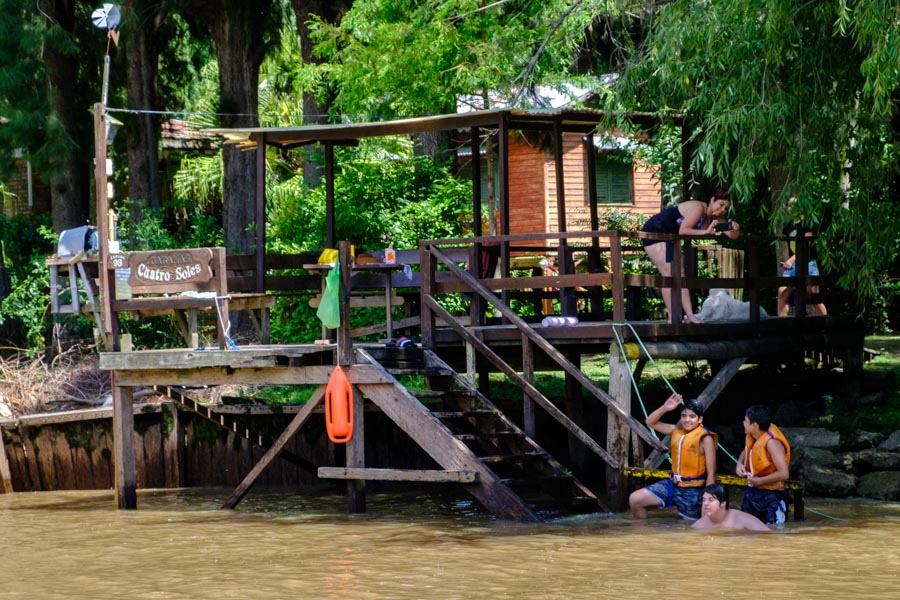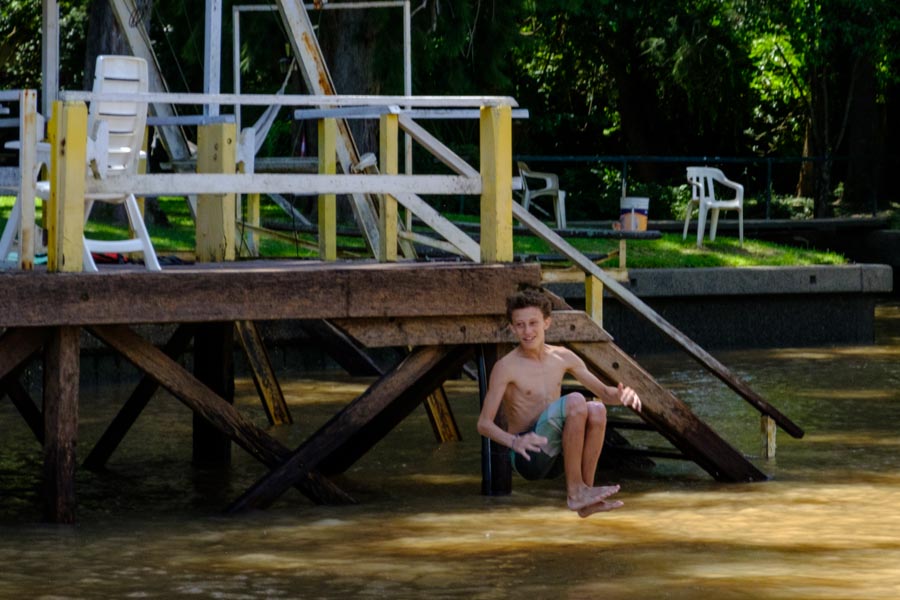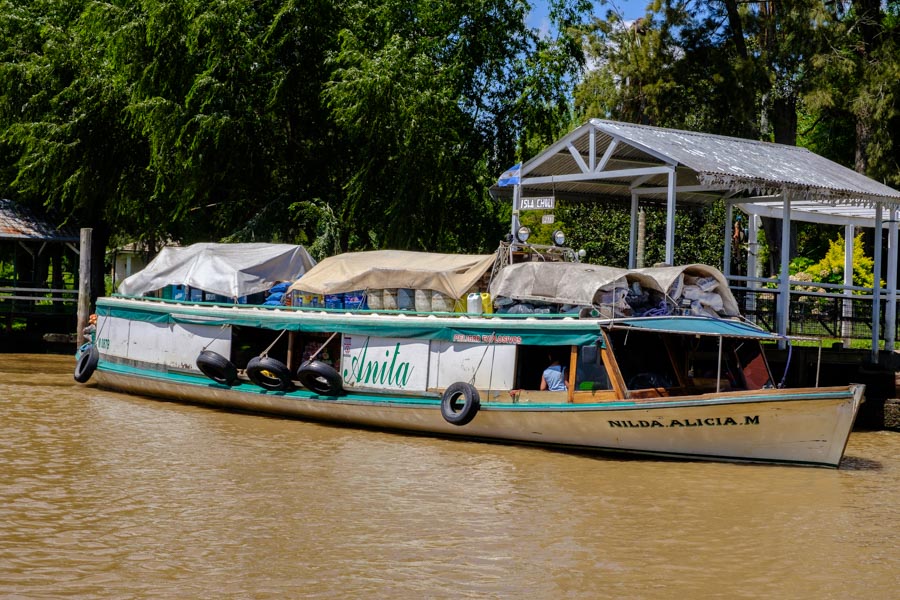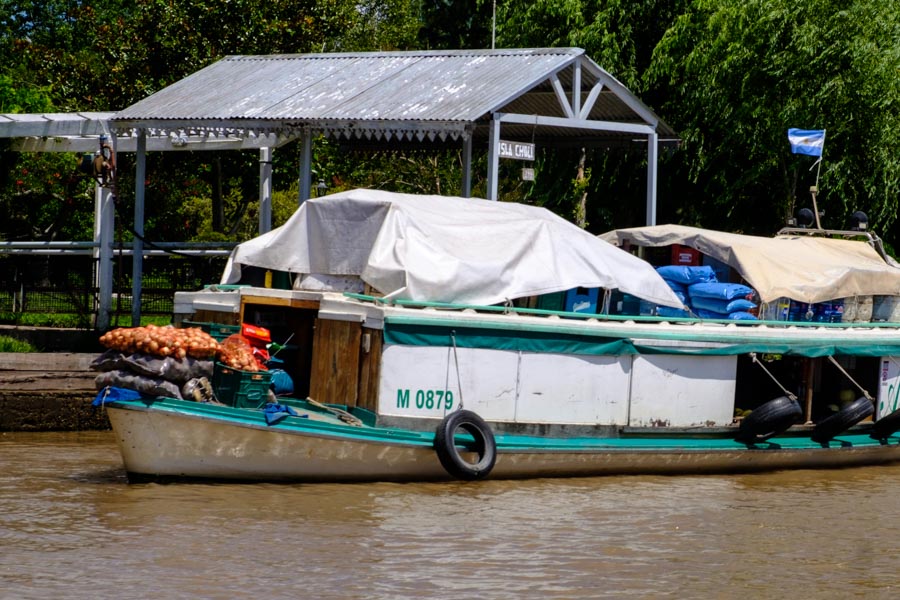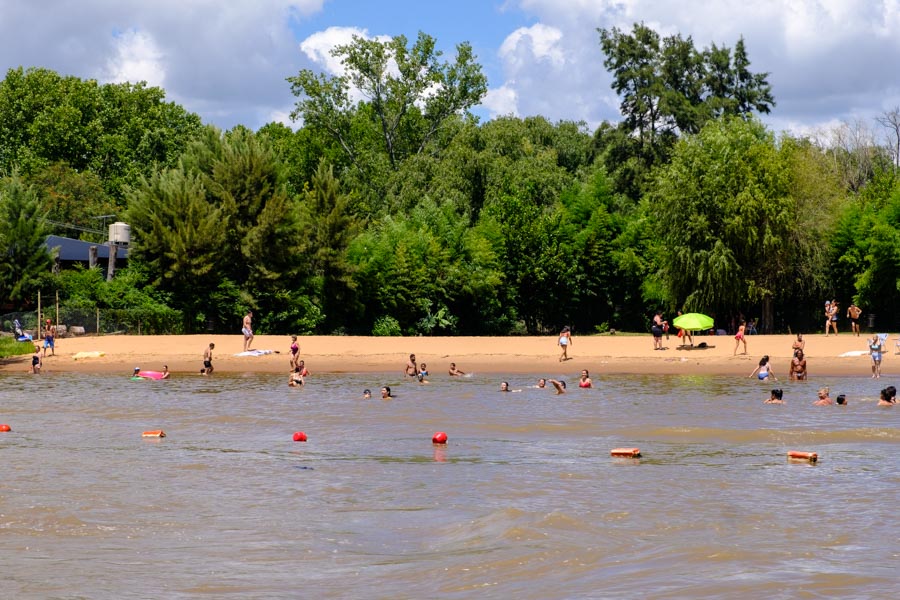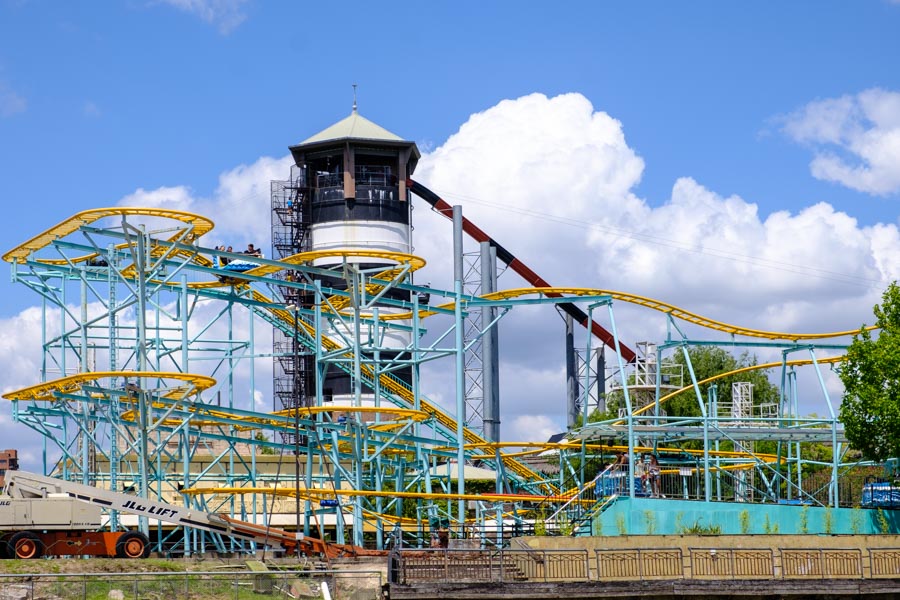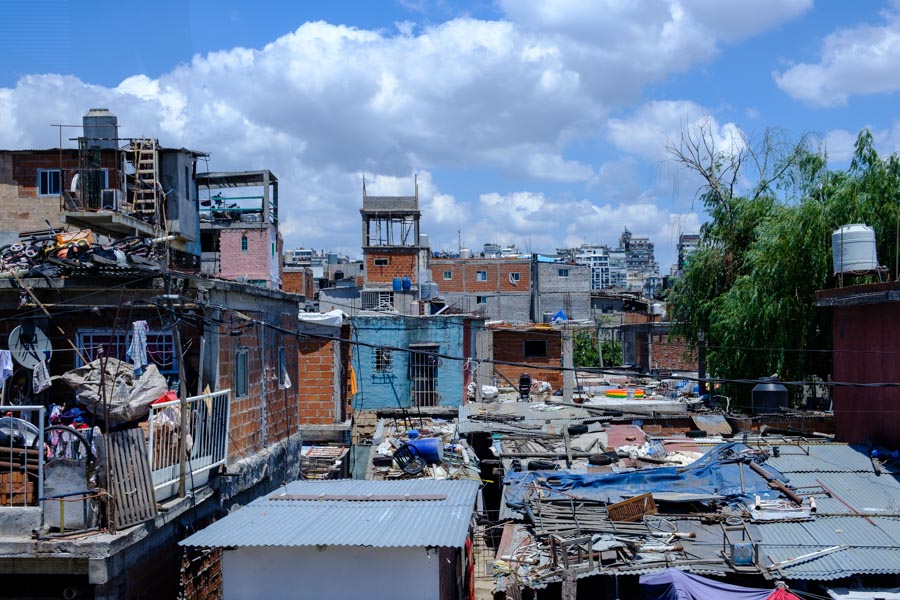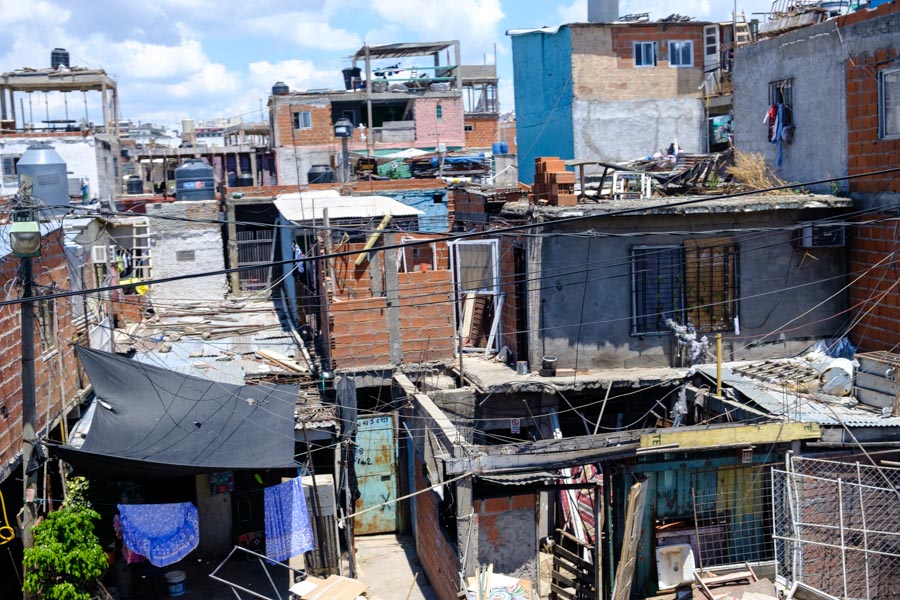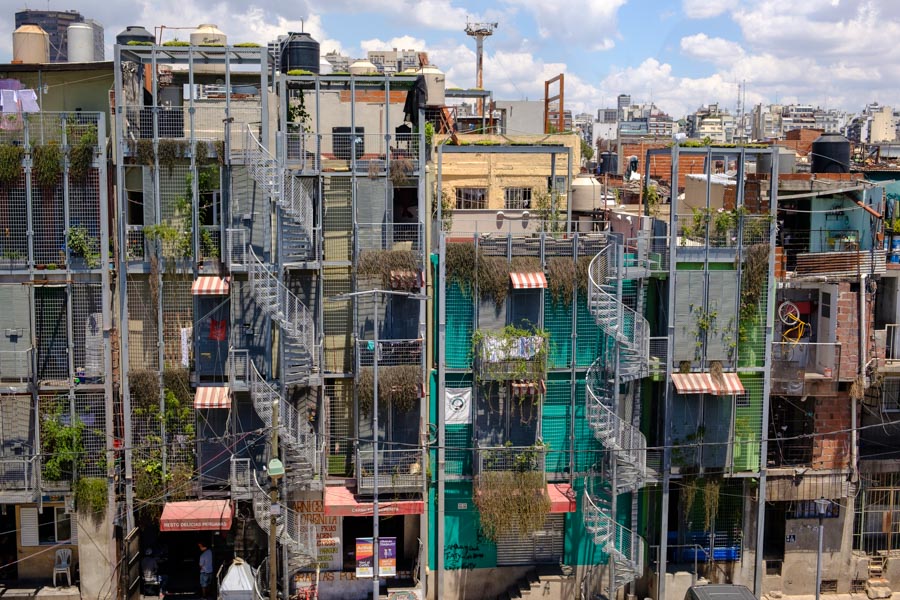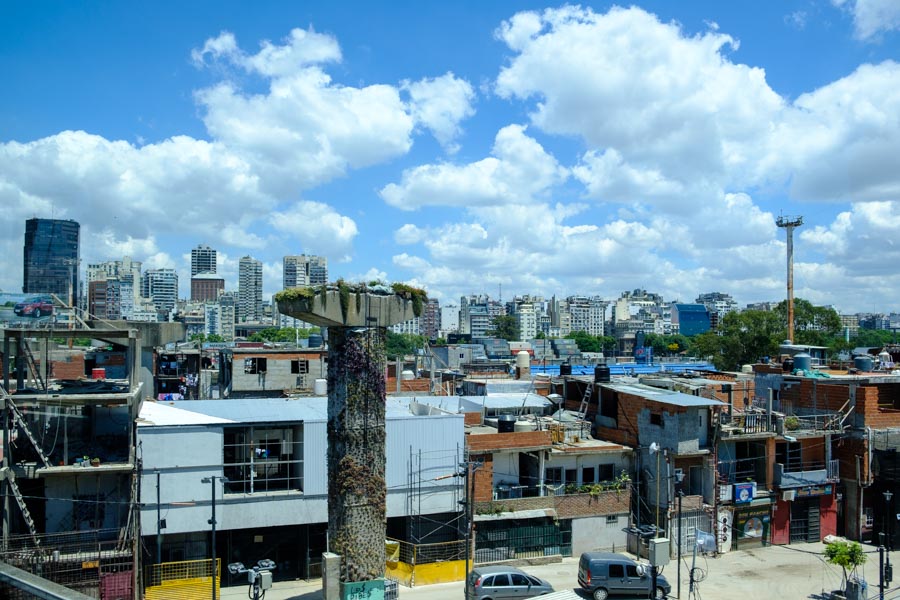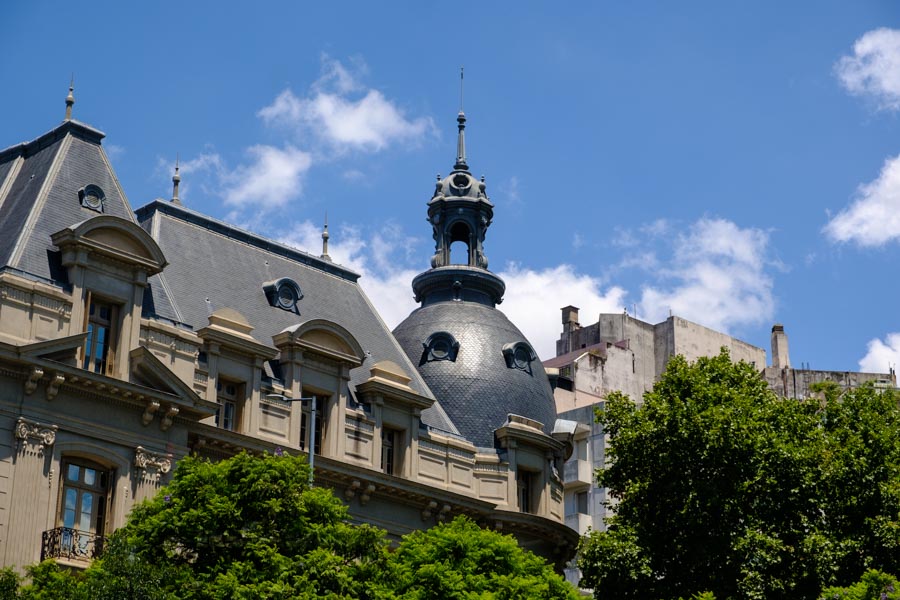OK, this is the blog post we’ve all been waiting for, especially me: the last blog post.
I’m sitting in the Buenos Aires airport with Sharon and Judy ready for our midnight flight to Miami, an hour and a half from now.
Last night we did the tango show at El Viejo Almacen – The Old Store. It’s said to be the oldest tango venue in operation in Buenos Aires. But it opened in 1969, the year I graduated from college so that makes me El Viejo Hombre by quite a bit.
Tango, the dance, certainly was showcased but so was tango, the music. There was a five-piece band for the tango, including a piano, double bass and violin plus the stars of the show the bandoneons – two of them, which is traditional. The bandoneon is a concertina-like device (I’d say accordion, but then what do I know?) that is pushed apart and pulled together. There are keys on either end but the keys play different tones when pushed than when pulled. So to play this contraption you need to learn four different fingerings, two for each of two sides. The guys in this band seemed to be really skilled. I don’t know if the dancing was done correctly but the music sounded like a truly professional result. They played to accompany the dancers and as an interlude between dance sets while the dancers changed costumes and recovered their wind.
There was also a four-piece group that played traditional music as an intermission. Actually, the guitar was pretty modern but there was a banjo-sized string instrument and bongo drum-like set that could have been traditional. But the star of the show was a recorder player who played not only a recorder but some multi-tube contraption that defied belief. Each tube played a different tone. To play a song he had to move his lips from tube to tube, blowing into each and doing so at a rapid rate. It had to be seen and heard to be believed. Judy will post a video I’m sure.
Then there was a woman singer. Her songs were all in Spanish, but it was clear that she’d fallen madly in love with only me. She was that good. I almost called to cancel my ticket back home.
There was an old guy who sang and chanted what were surely traditional tango songs. Some Argentinians at the next table sang along so I guess they were popular. But frankly, our guess is that he owns the place and gives himself a spot on the program to stroke his ego. He seemed pretty pleased with himself. Us, not so much.
But really, what we all came for were the dresses slit up to HERE. Am I right, or what? We were not disappointed and the dancers exhibited finesses, style and athletic ability. And yes, it’s a sensuous dance. It’s a far cry from what Judy and I learned in November . . . T. . . A . . N.G.O.
So there you have it: transportation from and to our hotel, stage-side seats, two drinks and an almost two-hour show, all for $50 U.S. per person. What a deal!
This morning Luis and another local guide took us to the Recoleta Cemetery where Evita finally found a place to rest. We heard the whole Evita and Juan Peron story again. I’m going to summarize so I don’t forget:
Eva was the illegitimate child of a wealthy man in her small home own. She came to Buenos Aires, became a singer and actress, met Juan and they were married. She served as an unofficial member of Juan’s administration, styling herself as an ambassador for the common people. But she also lived an extravagant life and became friends with Franco, the fascist dictator of Spain. So today she is either loved or hated, depending on which restaurant waiter you talk to. She died at age 30 of an STD, the same one that killed Juan’s first wife. Juan had Evita’s body embalmed and placed on display around the nation, just like Mao and Lenin. But the military coup and dictatorship intervened in 1955 and her body was moved into hiding. Bogus bodies were created to throw the military off the scent, so to speak. When Juan returned to power in 1973 he reclaimed her body and Evita took up residence in the Pink House along with Juan’s third wife. Isabel. Juan fell in love with Isabel at a bordello somewhere out in the countryside. She became Vice President and when Juan died Isabel became president. She didn’t have a clue; she was manipulated by her handlers. To gain some level of popularity she started appearing at the balcony just like Evita (and Madonna), talking to the people. She told them that Evita, with whom she shared the palace, was giving her advice and consul. That tactic didn’t work; the military took over in 1976. Evita now lies in a mausoleum vault owned by her brother-in-law’s family. Isabel is still alive and lives in Spain.
There’s an Evita II role in that story somewhere for Madonna.
Next, a nice, hour-long boat ride on the Tigres River (the 16th-Spanish explorers mistook a puma for a tiger). I’m too lazy to look up all the stats about the river, but suffice it to say it connects to La Plata, the big river that separates Buenos Aires province from Uruguay, which is visible across the water. All rivers in this area are muddy brown, filled with silt as the water makes its way from the Andes to the Atlantic.
The interesting thing about the river is that it has carved out a series of small islands, which today are populated with summer cottages reachable only by boat. Water taxi’s and delivery barges are plentiful. This being summer vacation (think July up north) lots of people were out enjoying the nice albeit hot and muggy day.
The bus trip to the museum and the boat ride passed by large, million-dollar-a-unit apartment buildings and lots of regular families out enjoying their holidays. That raises the question: how, in a country as messed up economically as Argentina, can people go on leading normal, middle class and upper class lives? Carla responded that people learn to cope. If they have money, they buy. If they don’t, they wait until they do. And there is lots of poverty; there is a ratio of haves and have-nots just like everywhere. Indeed, we saw lots of low-income shantytowns on our way back to the hotel. But they live in those quarters rent-free. They receive water, electricity and cable service that the government doesn’t bother to charge for. They piece together a living however they can. They don’t live paycheck-to-paycheck, they live day-to-day. So Argentina has lots of seemingly insolvable problems but somehow life goes on and people live their lives.
Then it was over; nothing to do but wait for the 7:30 bus and the midnight flight. We had helado one last time at Freddo’s and, at Luis’s suggestion, dinner at an Italian restaurant that makes its own pasta.
Thanks for following along!
